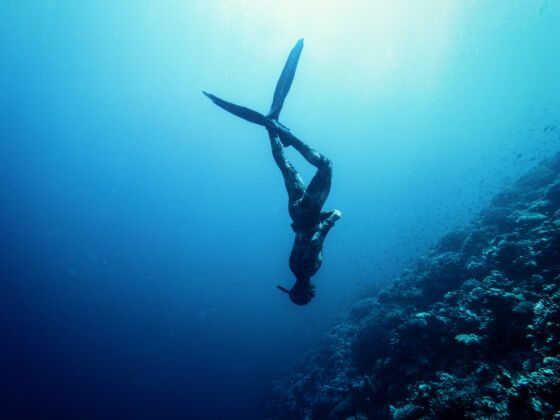THERE’S SOMETHING ABOUT master free divers that goes beyond athleticism. Expert free diving is almost Zen-like, a union between athlete and environment.
If you’re looking to master the sport, it’s as important to train your brain as your body. Along with regular exercise and instruction, these basic exercises should help set you on the right track.
